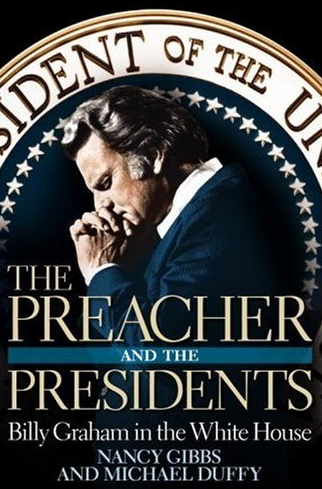A couple of years ago, I had an idea for a new course that would examine the religious beliefs of the presidents. The course would also attempt to determine how those beliefs may have influenced the policies each president followed. That proposed course will now be reality this semester as I teach, for the first time, “Religion and the Presidents.”
It will be a little different in structure than my other courses. First, no exams—how does one adequately “test” students on presidents’ religious beliefs? That didn’t seem to be the right approach. So the second structural change is that I will have students delve into the beliefs of some of the presidents themselves, doing the research and reporting what they have found to the whole class. Finally, their last writing assignment will be to compare and evaluate three presidents. This approach, I hope, will be far more beneficial to their learning than mere exams.
There will be books, of course, and some presidents will get more time and attention due to their significance: there isn’t parity between Washington and Fillmore, for instance.

We will begin with a book on George Washington, “In the Hands of a Good Providence”—written by a researcher, Mary Thompson, who works at Mt. Vernon—that painstakingly covers all the aspects of the first president’s Anglican upbringing and his participation in congregations close to his home. Washington did serve for many years as a vestryman for his local church. While many historians have assumed he was a closet deist, the evidence in this book indicates otherwise. I do recommend it.

A history professor at Grove City College, Gary Scott Smith, has written two books on the beliefs of some of the presidents. I’ve chosen his second one, Religion in the Oval Office, to highlight some of the more intriguing of the presidents when it comes to their faith: John Adams, James Madison, John Quincy Adams, Andrew Jackson, William McKinley, Herbert Hoover, Harry Truman, Richard Nixon, George H. W. Bush, Bill Clinton, and Barack Obama.

How does one teach a course like this without focusing on Abraham Lincoln? The twists and turns of his beliefs offer a fascinating story. I don’t assign all of Richard Carwardine’s excellent book, Lincoln: A Life of Purpose and Power, but I’ve provided the key excerpts that highlight where his faith started and where he ended up in his contemplations on a relationship with God.

No one minister has had more access to and influence with presidents than Billy Graham. The Preacher and the Presidents, by Nancy Gibbs and Michael Duffy, will give students valuable insights into both the glories and the dangers of ministers getting close to presidential power. This examination of Graham’s interactions with presidents illuminates the character of the various men with whom he became close.
For those of you who know my penchant for Ronald Reagan and might wonder why I’m not requiring a book on that particular president, there is no need to be concerned that I’ve somehow abandoned him. Far from it. As the above book will show, Graham was closest to Reagan than to any of the other presidents. I also have the transcript of an interview I conducted with Reagan’s pastor in California, Donn Moomaw, that gives personal insights and anecdotes that I’m sure will be of great interest to the students.
What a privilege I have been given to develop a course like this one. My prayer is that the students who take it will come away challenged (in the case of some of these presidents) and edified (in the case of others) by their examination of those who hold the reins of political power.
